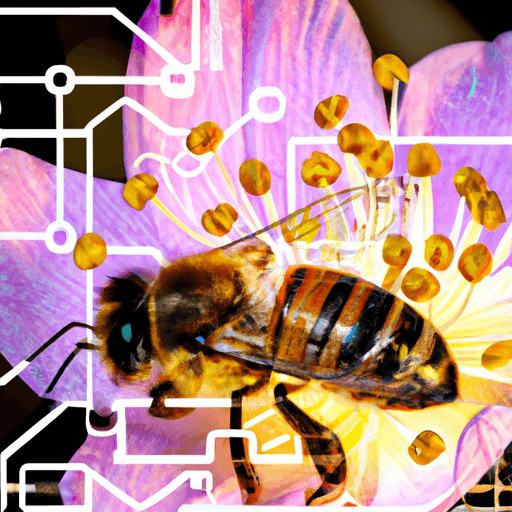The Indelible Impact of Technology on Honey Bee Populations Worldwide
The robustness and survival of honey bee populations across the globe have come under risk owing to multiple factors, cementing the need for a meticulous study of these underlying reasons. One pivotal influence among these is technology. As a double-edged sword, technology has presented both impressive advances and daunting challenges for these essential pollinators. This article sheds light on various ways in which technology has affected honey bee populations, paying close attention to pesticides, climate control technology, digital beekeeping techniques, satellite tracking, and genetically modified crops.
The Good, the Bad, and the Ugly: Technology's Mixed Influence
Positive Advances
The advent of technologies like digital beekeeping techniques and satellite tracking has considerably ameliorated the stewardship of honey bees. Digital beekeeping platforms like Hive Tracks and Apiary Book offer noteworthy features such as hive health tracking and weather updates that help keepers optimize their practices. Additionally, next-level technology like satellite tracking allows for real-time monitoring of bee behavior, growth patterns, and migration paths, significantly improving our understanding of these mighty pollinators.
Negative Inroads
As potent as the benefits of technology are for honey bee populations, one cannot turn a blind eye to the negatives. Pesticides, a byproduct of technological development, have been linked to Colony Collapse Disorder (CCD), leading to a decreased bee population. Similarly, Genetically Modified (GM) crops, while increasing agricultural output, pose serious threats to honey bees as they alter the nutritional value of pollen and nectar for bees.
Mix Reactions from the Scientific Community
The scientific community acknowledges the indispensable role of honey bees in our ecosystems and the significant impact that technology has on them. Realization has kicked in about not only the potential benefits of technological intervention but also the apparent risks. As a result, researchers worldwide are channeling their efforts into developing solutions that aim to mitigate the adverse effects of technology on honey bees.
Potential Implications for Future
The future of bees and, in essence, our world's food supply could depend heavily on how we leverage technology. While combating destructive influences like pesticides and GM crops could require innovative technical strategies, the successful capitalization of positive technology such as digital beekeeping could be pivotal. The challenge lies in the balancing act of exploiting the merits of technology while alleviating its downside for the vital populace of honey bees.
Conclusion
As we delve into the multifaceted impact of technology on global honey bee populations, it becomes lucidly clear that we are at the crossroads. Grappling with the duel of technological progress and environmental conservation, the future of beekeeping lies in harmonizing this delicate balance. The need of the hour is conscientious adaptation and innovation to ensure the survival of these buzzing harbingers of life.



















Comments
Leave a Comment